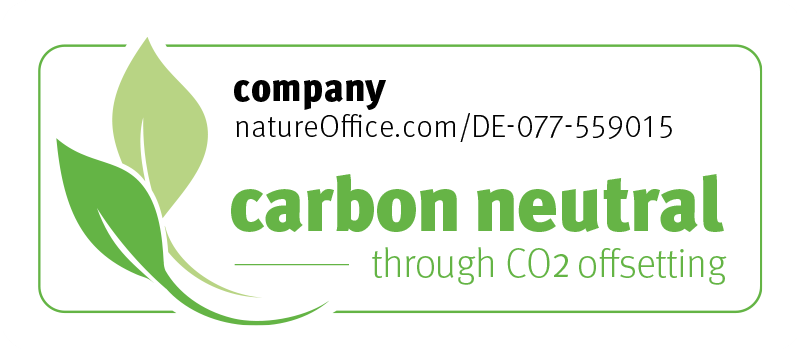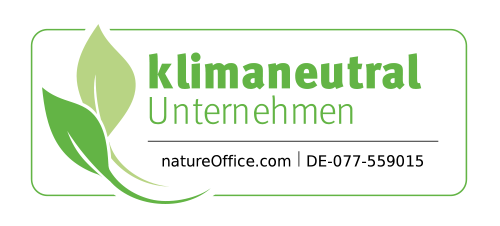3D printing resins: Optimal chemical curing – high speed in the printing process
Task: Chemical curing of the applied surfaces in the additive 3D printing process
When polyurethanes are used in the additive processes common in 3D printing, the basic formulation of the selected printing material is limited by a whole range of different requirements. This does not apply to the application itself, but also to the connection of the respective machine used as a 3D printer with the correspondingly used material. In order to reliably achieve the desired end product, a number of different parameters – including the available installation space, the applied layer thickness and the printing speed – must be taken into account. The decisive task in the assembly is to find an existing or new formulation for the required parameters, with which the corresponding requirements can be fulfilled and the best possible guaranteed.
Plastic solution: Polyurethane for 3D printing with endless piston principle
The basic solution to the problem was already in the polyurethane itself. By using PU in the additive manufacturing process, the desired curing of the applied surfaces and beads can be reliably guaranteed! In order to be able to customize the additive manufacturing process in the best possible way with regard to the use of polyurethane in the specific application, ebalta joined forces with an internationally renowned manufacturer of 3D printers to form a development cooperation.
The result of the cooperation: using the endless piston principle, it is now possible to dispense even the smallest quantities in optimal mixing ratios. In addition, it is now possible to customize the discharge rate of the printers used to suit their travel path. This means that from now on, the discharge can be set with maximum precision per revolution and depending on the design of the pumps. In addition, media with high viscosity can be conveyed with low shear and equally separated at the end of the respective paths. This ensures that the speed of the printing process can be significantly increased. Intervals of just a few seconds ensure that the material is sufficiently cured before the next layer is applied.



